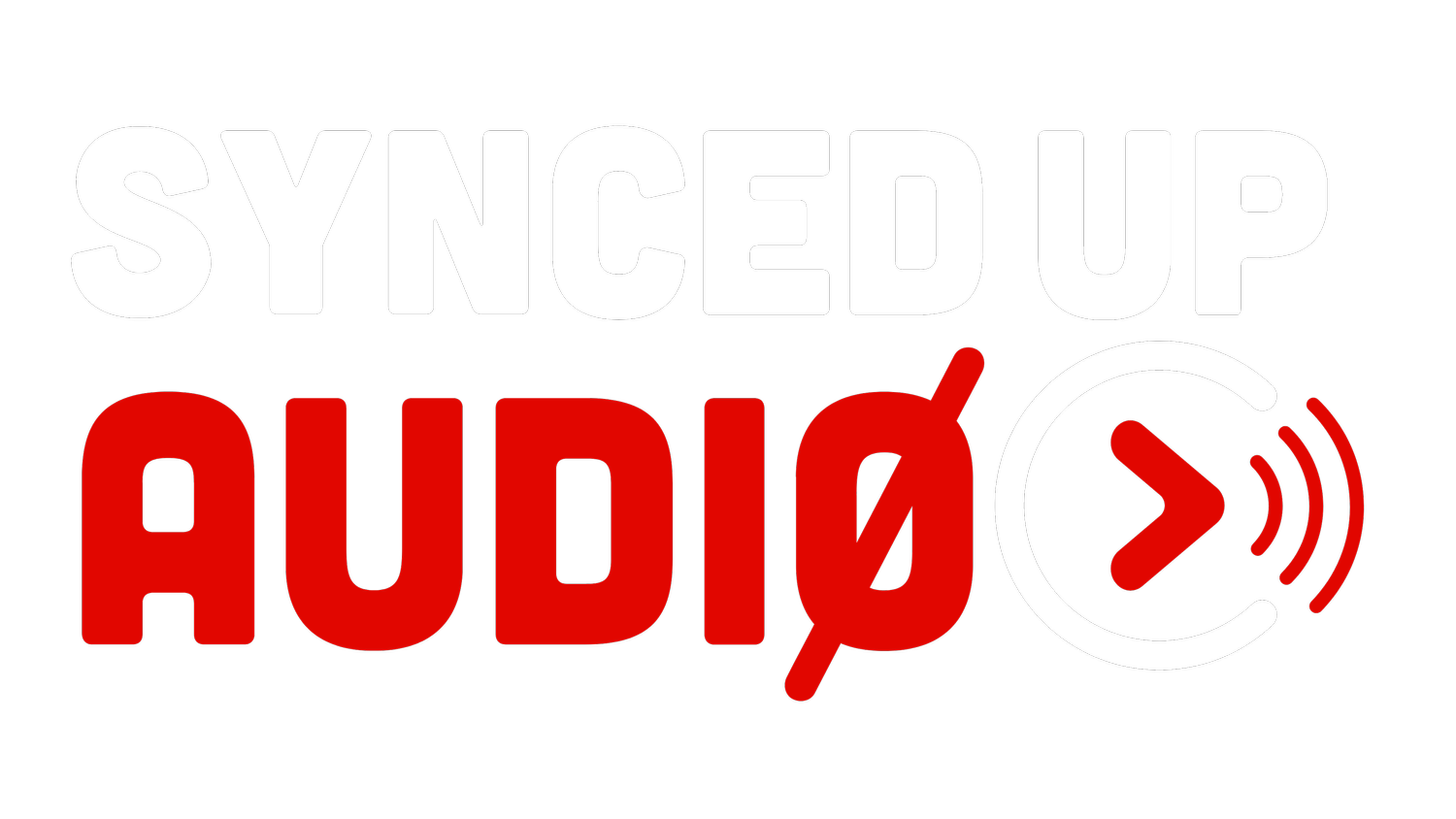Tone Shaping: Understanding EQ
Making EQ Decisions with the Ears of a Musician
Whether you're a band director, front ensemble technician, audio engineer/technician, or a curious musician stepping behind the soundboard, understanding EQ—or equalization—is one of the most important skills in shaping your ideal sound. In this guide, we’ll walk through the foundational concepts of EQ and how to apply them musically, not just technically.
What Is Equalization?
At its core, equalization is the process of adjusting the balance of different frequency components within an audio signal. In simpler terms, EQ lets us sculpt the tone of sound—enhancing some elements, and reducing others.
There are two main ways EQ is used:
Boosting: Adding gain to certain frequencies to enhance characteristics like warmth, brightness, or clarity.
Attenuating: Cutting problematic frequencies, like muddiness, feedback, or harshness, to clean up a mix.
Think of it like photo editing—just as you might adjust brightness, contrast, or saturation to make an image pop, EQ tweaks audio characteristics to help instruments shine in a mix.
Imagine each image is the same audio signal that’s processed through EQ - the signal (the image in this case) does not change in terms of fundamental content, but the perception of the image changes based on brightness, saturation, highlight, etc. adjustments, which can be related to the different changes you can make within an equalizer shape the tone of the signal.
Why EQ Matters in Real-World Settings
EQ isn’t just about making things sound “better”—it’s a critical tool in adapting audio to unpredictable environments and diverse instrumentation:
Unpredictable Environments: Every venue sounds different. EQ allows us to adjust for what the room naturally amplifies or dulls.
Mixed Instrumentation: EQ helps blend acoustic and electronic sources by tonally matching them.
Projection and Clarity: By carefully reinforcing specific frequencies, EQ allows certain instruments or voices to “cut” through the ensemble without being louder overall.
Understanding Frequency
In order to best understand how we can use our musical and technical ear training to guide us in making smart and methodical EQ adjustments, we must first review frequency and how the frequency spectrum relates to human hearing.
Frequency refers to how many sound wave cycles occur in one second and is measured in Hertz (Hz). Pitch and frequency are closely related—low frequencies sound bassy, high ones are treble-y.
Human hearing typically ranges from 20 Hz to 20,000 Hz (20 kHz).
Octaves double in frequency (e.g., 100 Hz → 200 Hz → 400 Hz).
A visual often used to explain our perception of frequency is the Fletcher-Munson Curve, which shows how we hear certain frequencies louder than others, even if they’re played at the same volume. We’re most sensitive to 2kHz–5kHz—a range important for vocals and clarity.
This diagram helps establish context for understanding how human hearing relates to other animals by showing the full range of frequencies we can’t even hear and placing human hearing within that continuum.
The Fletcher-Munson Curve graph displays a series of contour lines that represent how loud different frequencies must be to be perceived as equally loud by the human ear. The x-axis shows frequency (20 Hz to 20 kHz), and the y-axis shows sound pressure level (dB SPL). The lines dip around 2kHz–5kHz, indicating our ears are most sensitive in that range. To perceive very low or very high frequencies at the same volume, they must be played louder, which is why those areas rise on the graph. Reading the graph horizontally shows how loud each frequency must be to feel and to be perceived as equally loud across the spectrum. Read more on the history of the equal loudness contour here.
Let’s run a little test - below are two 30 second audio files that are sine wave sweeps from 20 Hz up to 20,000 Hz (the changing variable) with all frequencies being played at equal amplitude (the constant), and your perception of how loud you hear the frequencies will be the result (shown on the Fletcher-Munson Curve). One linear and one logarithmic.
Linear Sine Sweep
The frequency increases linearly (evenly) over time.
Ex: sweeping from 20 Hz to 20 kHz over 30 seconds means the sweep covers around 666 Hz per second
The rate of change of frequency is constant.
Sounds fast at the low end (sub frequencies), and drags in the high end (high frequencies).
Not well matched to human hearing, which is logarithmic in nature.
Can be useful for mechanical testing or specific diagnostic tasks where equal time per Hz is desired.
Logarithmic Sine Sweep
Frequency increases exponentially over time.
Equal time is spent per octave or per frequency decade.
More closely matches how humans perceive pitch (logarithmic frequency sensitivity).
Sounds more natural and uniform: sweeps smoothly across low to high frequencies.
Preferred for impulse response measurements, room analysis, speaker testing, and convolution reverb generation.
Maintains consistent perceived pitch rate and energy distribution across the frequency spectrum.
As you’re listening (headphones preferred), follow along with the Fletcher-Munson (clickable below) and raise your hand when you begin to hear sound, and lower it when you don’t. The sooner you lower your hand, the more high end frequencies you may have lost in your hearing. You’ll also notice how when the frequencies that begin in the 1k-5k range, you may perceive them as “louder” than the rest, which may cause some temporary pain in that moment, but remember, nothing is technically “louder”, it’s your perception of “loudness”.
Different Types of EQ
There are two common forms of EQ used in both live and studio settings. While there are other variations of EQ processors, we will primarily look at these, as they are the most common in the marching arts as well:
-Visualized as a row of sliders, each representing a fixed frequency band.
-Common in 15-band or 31-band formats.
-Primarily used for broad adjustments across an output (like room tuning).
-Offers control over three variables: frequency, gain, and Q (bandwidth).
-Used for surgical adjustments on individual instruments or voices.
-More flexible and musical than graphic EQ.
Frequency Bands
What it is: A set of sliders, each corresponding to a fixed frequency range across the audible spectrum (typically from 20 Hz to 20 kHz).
Function: Each slider lets you adjust the gain (boost or cut) of its assigned frequency. For example, one slider may control 100 Hz (bass), another 1 kHz (mids), another 10 kHz (highs), etc.
Tip: More bands (e.g., 31-band = 1/3 octave) give finer control; fewer bands (e.g., 15-band = 2/3 octave) offer broader adjustments.
Boost (+) and Attenuate (–) Controls
What it is: Movement of each slider either up or down.
Function:
Boost (+): Increases the volume of a frequency range, making it more prominent.
Attenuate (–): Decreases the volume, reducing that frequency’s presence.
Use Case: Boosting can add presence or body, while attenuating can help tame harshness or muddiness.
Input Level
What it is: A control for adjusting the level of the incoming audio signal before EQ adjustments are applied.
Function: Helps manage signal gain to prevent clipping or distortion at the EQ input stage.
Master Level
What it is: A master gain control after the EQ adjustments have been made.
Function: Allows you to balance the overall output level of the EQ so that the volume isn’t drastically changed compared to the unprocessed signal.
Best Practice: Always check that your EQ processing doesn’t unintentionally make your mix too loud or too soft.
Zero Line (0 dB)
What it is: A central reference line across the EQ graph where no change is applied to a frequency band.
Function: If a slider is exactly on the 0 dB line, the associated frequency is unaffected. Only movement above or below this line changes the sound.
How Everything Works Together
Graphic EQs are often used for broad tonal shaping or room/environmental corrections on mix our auxiliary outputs because of their fixed frequencies and simplicity. They’re excellent for fast, visual adjustments to correct feedback or problematic frequency bands, especially in live sound scenarios where quick, broad changes to bass, mids, or highs can make a big difference.
Frequency
What it is: A control (often a knob or draggable point) that selects exactly which frequency you want to adjust.
Function: Targets a specific point on the frequency spectrum.
For example, you can precisely choose 250 Hz (to cut muddiness) or 8 kHz (to add brightness).
Advantage: Total freedom—you’re not limited to fixed bands like with a Graphic EQ.
Gain (Boost + / Attenuate –)
What it is: A control that determines how much you boost (increase) or attenuate (cut) the selected frequency.
Function:
-Boost (+): Adds emphasis to a frequency range, bringing clarity, presence, or body.
-Attenuate (–): Reduces a frequency range to eliminate unwanted noise, harshness, or muddiness.
Measured in decibels (dB).
Pro Tip: Subtle changes (like ±3dB) can make a big difference without sounding artificial.
Q (Bandwidth)
What it is: Controls the width of the frequency range affected by your boost or cut.
Function:
-High Q (Narrow Bandwidth): Affects a very tight range—ideal for surgical cuts like removing feedback.
-Low Q (Wide Bandwidth): Affects a broader range—better for gentle, musical tonal shaping.
Memory Trick: High Q = Precise; Low Q = Smooth.
Filter Types
High-Pass Filter (HPF):
-What it is: Cuts all frequencies below a selected point.
-Use: Clean up low-end rumble (wind, stage noise) or remove sub-bass from non-bass instruments.
Low-Pass Filter (LPF):
-What it is: Cuts all frequencies above a selected point.
-Use: Remove high-end hiss or tame bright sources.
Filter Types (cont.)
Low Shelf:
-What it is: Boosts or cuts frequencies below a certain point but in a gentle slope.
-Use: Add fullness to bass or reduce boominess.
High Shelf:
-What it is: Boosts or cuts frequencies above a certain point.
-Use: Add air or reduce harshness in high frequencies.
Bell (Peaking Filter):
-What it is: Boosts or cuts a selected frequency centered around a point with a symmetrical curve.
-Use: Standard shape for most EQ tweaks—good for surgical or broad changes depending on Q.
How Everything Works Together
Parametric EQs give you full control over every aspect of the sound:
Pick the exact frequency
Decide how much to boost or cut
Control how wide the adjustment is
Apply specific filter shapes when needed
This level of precision makes Parametric EQs the go-to tool for critical mixing adjustments in the marching arts, as well as for fixing specific issues like feedback or tonal imbalances.
Bridging Audio Terminology with Musical Language
To make EQ feel more intuitive, especially for musicians and band directors alike, it helps to relate frequency ranges to descriptive terms we already use in rehearsal or in the class room:
Sculpting Tone with Intention
The smartest EQ decisions are made not by guessing, but by listening like a musician. Instead of treating EQ as a technical chore, approach it as an extension of your ear and your musicianship. By understanding how frequencies interact and translate to musical tone, you'll be able to confidently shape mixes that are clear, balanced, expressive, and more importantly, musical.
EQ isn't just about fixing problems—it's about unlocking the full potential of your sound.

